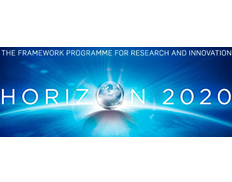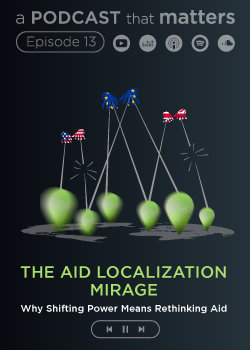Print

Trapping intramembrane protease substrates in living cells: focus on RHBDL4 role in ERAD: StressRhomboid
Details
Locations:UK
Start Date:Jul 29, 2020
End Date:Jul 28, 2022
Contract value: EUR 224,933
Sectors: Health, Laboratory & Measurement
Description
Programme(s): H2020-EU.1.3.2. - Nurturing excellence by means of cross-border and cross-sector mobility
Topic(s): MSCA-IF-2019 - Individual Fellowships
Call for proposal: H2020-MSCA-IF-2019
Funding Scheme: MSCA-IF-EF-RI - RI – Reintegration panel
Grant agreement ID: 884511
Project description:
Putting intramembrane proteases under the microscope
Rhomboids are intramembrane proteases that cleave peptide bonds within membranes. They play a role in protein maturation and degradation, protein trafficking from the endoplasmic reticulum (ER) and also in the activation of signalling molecules. The EU-funded StressRhomboid project focusses on the highly conserved RHBDL4 protease, known for its implication in cancer growth and metastasis. Researchers are particularly interested in identifying the RHBDL4 targets of ER-associated degradation. For this purpose, they will employ genetically encoded unnatural amino acids (UAAs) to engineer the catalytic serine in RHBDL4, thereby altering the specificity and efficiency of substrate capture. Collectively, the project's results will unravel the contribution of RHBDL4 in cellular quality control in health and disease and guide the design of novel therapeutic interventions.
Objective:
Intramembrane proteolysis is increasingly understood to control many cellular processes but we still know little about the role of most intramembrane proteases. The major roadblock is the lack of a robust method of protease substrate discovery. In this action, I focus on RHBDL4, a poorly understood but highly conserved member of the rhomboid intramembrane serine protease family, which participates in ER associated degradation (ERAD), apoptosis and exocytosis, and which has been frequently implicated in cancer growth and metastasis.
My three objectives are to establish a systematic approach to trapping and identifying rhomboid substrates; to use this to discover the substrates of human RHBDL4; and to explore the mechanism of how RHBDL4 participates in ER quality control.
Matthew Freeman's group discovered rhomboids and is a leader in the field. I will also collaborate with Jason Chin in Cambridge, who has pioneered the use of genetically encoded unnatural amino acids (UAAs) to engineer proteins. I will adapt a technique recently published by the Chin lab for use in living cells. Using a cross-linking UAA analogue of the catalytic serine in RHBDL4, I will achieve unprecedented specificity and efficiency of substrate capture. I will thus covalently capture RHBDL4 substrates, which will then be identified by mass spectrometry. Hits will be functionally validated and, using a range of experimental conditions, I will distinguish substrates involved in ERAD from substrates cleaved in other RHBDL4-dependent processes.
By establishing the first systematic assay for rhomboid substrates and investigating the role of RHBDL4 in ER quality control, I will pioneer a general approach to intramembrane protease substrate discovery; gain broader understanding of how RHBDL4 contributes to cellular quality control; and finally reveal pathophysiological roles of this human protein, thereby guiding possible future therapeutic targeting.

